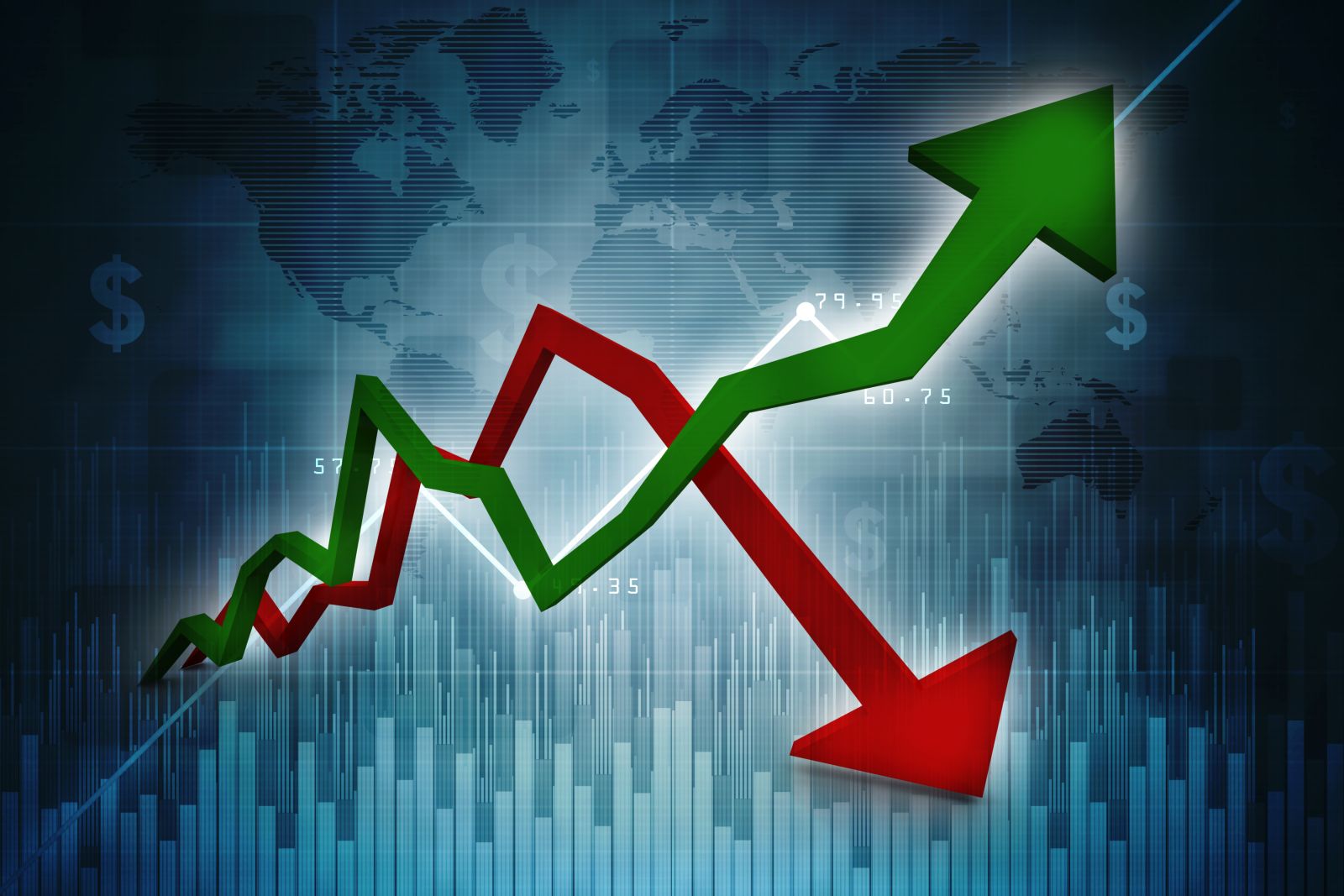Is AAPL Strong Enough to Out-Innovate Its Tariff Challenges?

Apple (NASDAQ: AAPL) has endured a challenging first half of 2025 as tariff fears have spooked investors, but the firm’s recent blowout earnings show that the stock still has plenty of reasons to drive investor optimism.
Thanks to a 13% year-over-year boost to iPhone sales, Apple reached $94 billion in revenue for the second quarter of 2025. Performance throughout international markets was also a leading cause for earnings growth.
Apple’s earnings per share (EPS) weighed in at $1.57, far higher than analyst estimates of $1.43.
But despite its strong earnings, AAPL has struggled to find momentum following the resumption of President Trump’s bold reciprocal tariff strategy on trade.
Tariff Uncertainty
August 1 saw the imposition of tariffs across 92 countries worldwide, with key trading partners like Canada receiving a 35% levy on goods.
Apple has a global supply chain, and nine in 10 iPhones are manufactured in China, making the company especially impacted by trade levies.
Not only did Apple confirm that it absorbed $800 million in tariff costs in the last quarter, but CEO Tim Cook also told investors that he expects trade uncertainty to cost the company $1.1 billion in the third quarter.
Recently, Morgan Stanley analysts claimed that President Trump could be planning to subject Apple to Section 232 tariffs, which are linked to national security issues. If this takes place, Apple could ultimately pay even steeper rates for its global supply chain.
In May, Trump suggested that he had informed Cook that he expects iPhones to be manufactured in the United States, and failure to establish a domestic supply chain would see a tariff of “at least 25%” paid by Apple to the US.
Given that factors like sourcing materials and building a similar cost-effective infrastructure make US iPhone manufacturing all but impossible today, Apple has sought to take proactive measures to protect its operations from tariffs.
Some of the firm’s production has shifted from China to India, while the majority of Apple Mac computers and many other products are shipped from Vietnam.
With the deadline for the United States and China to agree on a trade deal expiring on August 12, Apple’s outlook for 2025 and beyond is likely to hinge on the outcome of talks. But is the tech giant innovative enough to overcome its tariff setbacks?
AI to the Rescue
With Apple’s stock sinking 7% in pre-market trading despite its revenue beat, it’s clear that investors are looking for more signs of the tech firm’s innovative endeavors.
The company’s operating income estimates for the third quarter did nothing to address concerns, weighing in below market expectations.
Critics have long looked to Apple’s slow adoption of artificial intelligence as a sticking point, but could there be cause for optimism for the company’s innovation pipeline for the months ahead?
Apple’s sluggish rollout of artificial intelligence tools has undoubtedly been a factor in the stock’s 15.86% decline over the first half of 2025, while tariff uncertainty has certainly been a driving force. However, there’s evidence that the firm is ramping up its accommodation of AI.
Apple has now launched more than 20 Apple Intelligence features, including visual intelligence, cleanup, and writing tools. The firm also intends to launch more artificial intelligence features like live translation and a workout companion.
Given that Apple is trading at a market capitalization in excess of $3 trillion without a full-scale accommodation of AI, it should be an indication of the stock’s strength. If expectations of a more full-bodied rollout in the months ahead are to be realized, Apple’s growth potential could far outpace its Magnificent Seven peers.
Valuing Apple
At a price-to-earnings (P/E) ratio of 32.33, a fair value of around $210 seems right for an Apple stock that’s still an undisputed smartphone market leader that’s facing widespread challenges ahead from tariffs and the pace of its innovation pipelines.
“AAPL is doing all the right things in demonstrating solid revenue growth and accelerating iPhone sales, but its H2 2025 will be determined by factors that are out of its control,” explained Steve Frauzel, Head of Market Insights at global brokerage brand Just2Trade.
“In the days ahead, we’re set to learn lots about the outlook for Apple as the deadline between the United States and China to reach a trade deal approaches. August will be a decisive month for Apple’s fiscal year performance.”
What’s Next for AAPL?
Apple remains one of the world’s most successful tech stocks and a smartphone pioneer. The company’s supply chain has been severely exposed in 2025, and despite posting strong Q2 revenues, the stock’s short-term future will be decided by the disruption that’s caused to the manufacturing process of its products.
With this in mind, investors could benefit from adopting a cautiously optimistic approach to the stock. Tim Cook appears aware of the dangers Apple faces from tariff uncertainty, but mitigating its impact could be another challenge altogether.